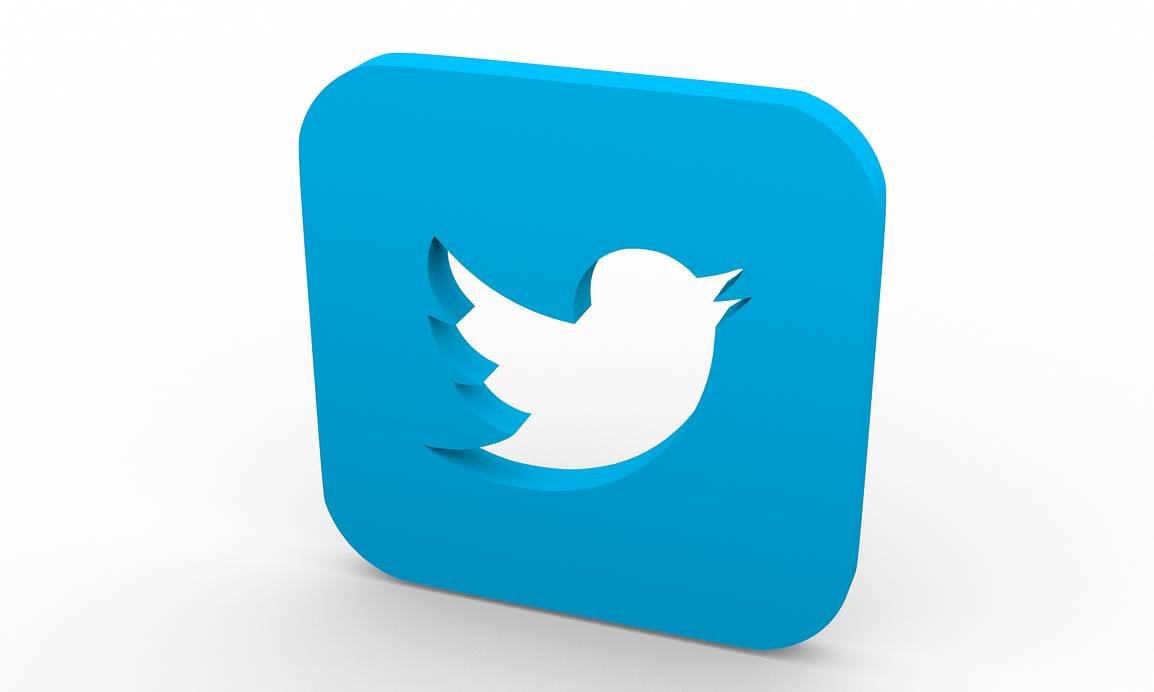Twitter has long been the social media platform of choice for journalists, with approximately 771% to 3% of journalists rating Twitter above all other platforms, according to Muckrack's 2022 State of Journalism Report.
And the feeling is, at the very least, mutual. The platform has shown it recognizes the value of journalists and writers by introducing more and more features designed to support their work.
What sets Twitter apart from other social media platforms, according to Elise Johnson, head of audience at the New Statesman, is that it has invested in direct relationships with media outlets, unlike Facebook and Instagram, which are owned by Meta.
"Facebook and Instagram have prioritized money and keeping people on the platform, while Twitter has encouraged engagement with other content," Johnson says. "Breaking news is different on Twitter; they don't always get it right, but they've responded where Facebook and Instagram haven't."
One example of how they've done this is Twitter Moments, a feature that allows news organizations to publish a collection of tweets around a specific topic or theme to amplify traction and engagement.
"Resharing on Facebook doesn't happen at the same speed. If you make a bold statement or cover the election in a moment, the audience is much more engaged. Things explode much faster," Johnson says.
Johnson says the platform has also been proactive in working with news organizations to offer best practices for their roles in covering major events.

Cloned products: right or wrong?
The expert says that one of Twitter's advantages is the way it facilitates interactions between journalists and their audiences, with the ability to reach reporters directly through Moments and the now-archived Fleets (Twitter's answer to Snapchat and Instagram Stories).
Social media features aren't always universally appealing; the platform and the expectations or habits of its audiences are key. While Fleets didn't last long on Twitter, sometimes copies of popular products end up improving the experience or finding a better audience. One example is Twitter Spaces, Twitter's version of the Clubhouse app (which has suffered a decline in users since its popularity), which allows users to hold live audio conversations.
The New Statesman—along with several other news organizations—regularly uses Spaces to connect with its audience and provide behind-the-scenes access.
However, the speed and proximity to journalists, which is the main attraction of Spaces and Twitter itself, can make journalists vulnerable, as Johnson explains.
"Female reporters can receive messages of abuse, so we need to be careful before hitting publish. Twitter needs a larger team to report abuse, one that can reach them much faster."
Tiles and errors
Another feature some news organizations are testing is Tweet Tiles, which offer a more eye-catching look to their embedded links, seeking clicks and engagement.
The Guardian, the New York Times, and the Wall Street Journal began beta testing this feature in August. It offers new formats for published links with larger images, prominent fonts, and more traditional calls to action.

While in testing, the new feature is only visible to iOS and web users, but the company said Tiles should improve post performance.
News organizations will be able to create more on-brand publications with customized fonts and customizable headlines.
Whether it's shared by the publisher or retweeted by a user, that brand will track the article on the platform, making it easier for users to see its origin and link the content to the brand. However, it remains to be seen whether the changes are more profound than cosmetic.
Turn to writing?
Twitter's shift toward writers centers on a new composing tool called Twitter Write, which allows users to produce longer-form "Notes" with a 2,500-character limit. This is a massive expansion from the 280-character limit for tweets, which doubled from 140 in 2017.
Notes offers a "writing" tab for storing work and a "Notes" tab on users' profiles where followers can access their writing.
The new addition includes rich formatting and uploaded media, with supported photos, videos, and GIFs. Just like a traditional tweet, they can be sent, shared, liked, and favorited.
Social media consultant and industry expert Matt Navarra says this is a very different proposition from Facebook Instant Articles, a native publishing platform that loads articles faster on Facebook than redirecting to a website.
“This was clearly aimed at news publishers and pushed very hard to get them on the platform. Twitter Write feels much more for creators, amateur or professional writers, but certainly not specifically for a news journalist writing for mainstream publications. Creators can potentially gain from distribution, reach, and community building, but as a publisher, and as a reader, I struggle to see right now what would make me bother seeking it out.”
As the notes stand, the experience isn't intrinsically different from viewing a link in the app's browser. One of Twitter's biggest challenges, Navarra adds, is the lack of tools for creators. As the creator economy grows, Twitter has recognized the need to incorporate them, but it's struggling to catch up.
Currently, the feature is only accessible to a select number of writers in test countries.

The feature brings the microblogging site in line with macroblogging mainstays WordPress and Medium.
It also fits into Twitter's growing push into the newsletter business, as it acquired Dutch newsletter company Revue last year (bringing the platform under the Twitter Write umbrella). This means Revue writers can link to their newsletters at the top of their Twitch or Twitter profiles.
The long-awaited edit button
Twitter is also giving in to popular demand and testing its most requested feature: a "tweet editing" feature, but only for those willing to pay $5 a month. It's initially available to Twitter Blue subscribers, limited to users in the United States, Canada, Australia, and New Zealand.
Edited tweets will appear with an icon, a timestamp, and a full edit history of the original versions of the post. This will allow users to correct their mistakes "a couple of times" after hitting the tweet button, following long-standing concerns about how original tweets could be potentially manipulated after gaining traction.
Twitter said: "The time limit and version history play an important role in this case. They help protect the integrity of the conversation and create a publicly accessible record of what was said."
"Like any new feature, we're intentionally testing Edit Tweet with a smaller group to help us incorporate feedback while we identify and resolve potential issues. This includes how people might misuse the feature. You can never be too careful."
Twitter is also testing a co-tweet feature, where a single tweet can be written by two accounts simultaneously. This is an opportunity for organizations to leverage the influence of renowned journalists more directly, or to share credit between two collaborating reporters.
Retweet, reshare, rehash
On the other hand, Twitter has attempted to offer many more features aimed at bridging the gap between writers and their readers in the form of Communities (like Facebook Groups on Twitter), Super Follows (badges and bonuses for your most loyal followers), and Circles (interaction within small, select groups).
But they've all stalled, says Navarra. "They all feel a bit half-baked, disconnected, and disjointed. Whether it's writers, creators, or everyday users, they don't seem to know how they're going to connect the dots."
"There are a lot of red flags for the platform, the amount of chaos and confusion that seems to be swirling around Twitter, some of it of its own making, and some of it not."
Twitter's user base of around 300 million pales in comparison to Instagram and TikTok's billions, Navarra explains, but it still maintains its level of attention in the newsroom.
Via
Copyright © 1997-2022 DataPress Multimedia – Director: Diego Rottman
Reproduction permitted upon request







